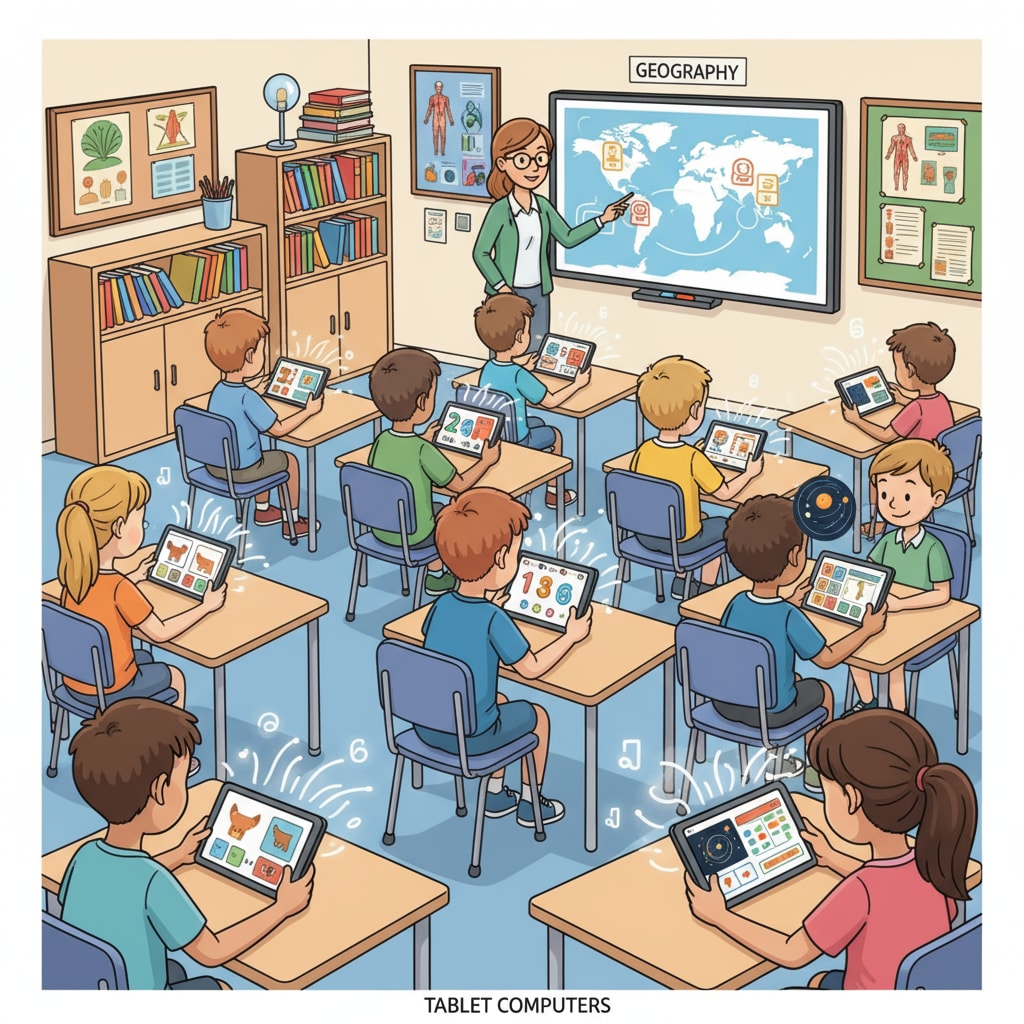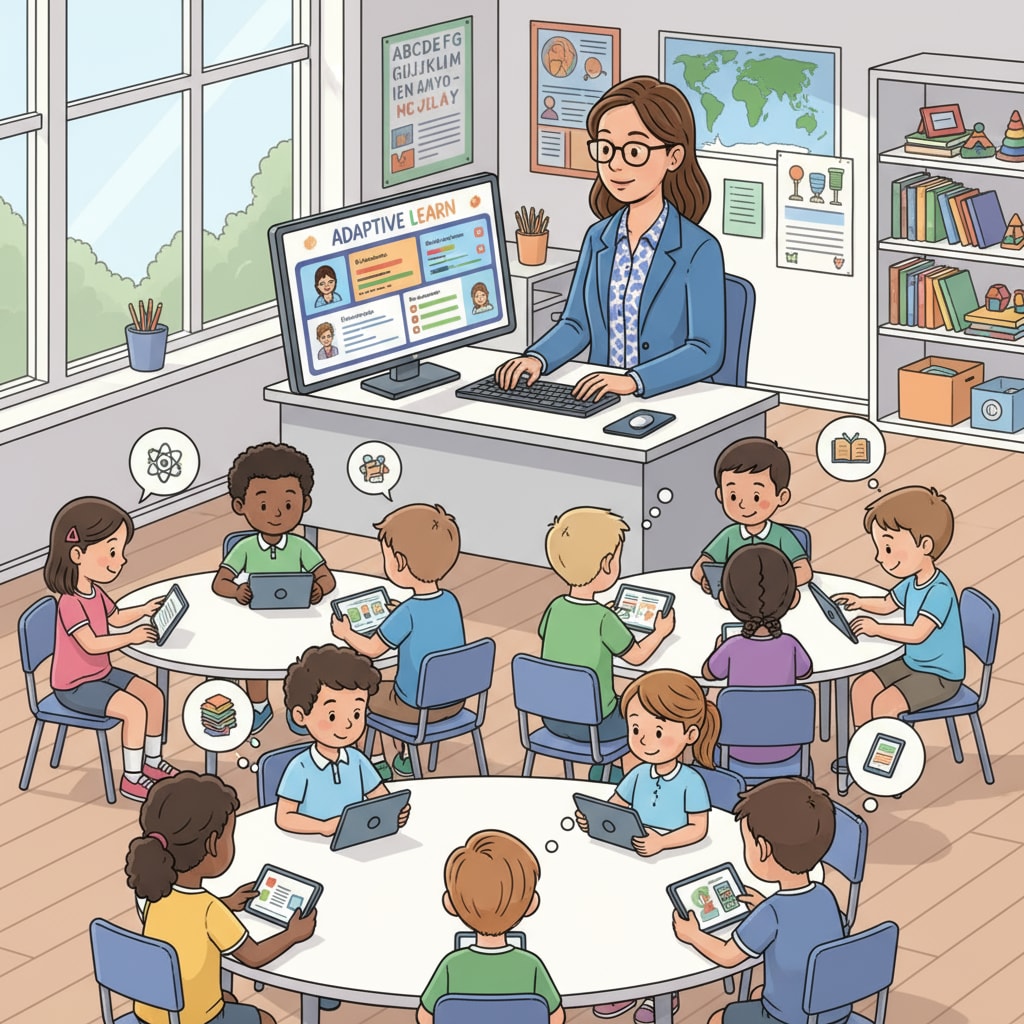In the realm of modern education, educational technology has become an indispensable factor in classroom learning, directly impacting student engagement. As we move forward in the digital era, the tools available to enhance the learning experience have expanded far beyond the traditional smart whiteboard. Let’s explore some of these revolutionary tools that are shaping the future of K12 education.

Interactive Learning Platforms
Interactive learning platforms have emerged as a game-changer in the educational landscape. These platforms offer a plethora of features such as multimedia content, quizzes, and discussion forums. For example, platforms like Kahoot! allow teachers to create engaging quizzes that turn learning into a fun and competitive activity. Students can participate using their mobile devices, increasing their active involvement in the classroom. According to Educause, interactive learning platforms have been shown to improve student retention rates and enhance understanding of complex concepts.
Adaptive Learning Software
Adaptive learning software is designed to personalize the learning experience for each student. It uses algorithms to analyze a student’s performance and adjust the content and pace of learning accordingly. Tools like Khan Academy are great examples of adaptive learning platforms. They provide individualized learning paths, ensuring that students receive the support they need. This not only improves student engagement but also helps in better knowledge acquisition. As stated by ISTE, adaptive learning software can bridge the learning gap among students with different abilities.

In addition to these, virtual reality (VR) and augmented reality (AR) technologies are also making their way into the classroom. VR can transport students to different historical periods or far-off locations, creating immersive learning experiences. AR can overlay digital information on the real world, making learning more interactive and tangible. These technologies are not only exciting for students but also help in making complex topics more accessible.
Readability guidance: By exploring these educational technology tools, educators can create a more dynamic and engaging classroom environment. These tools not only enhance student engagement but also contribute to better learning outcomes. As technology continues to evolve, it’s essential for educators to stay updated and incorporate these tools into their teaching practices.


